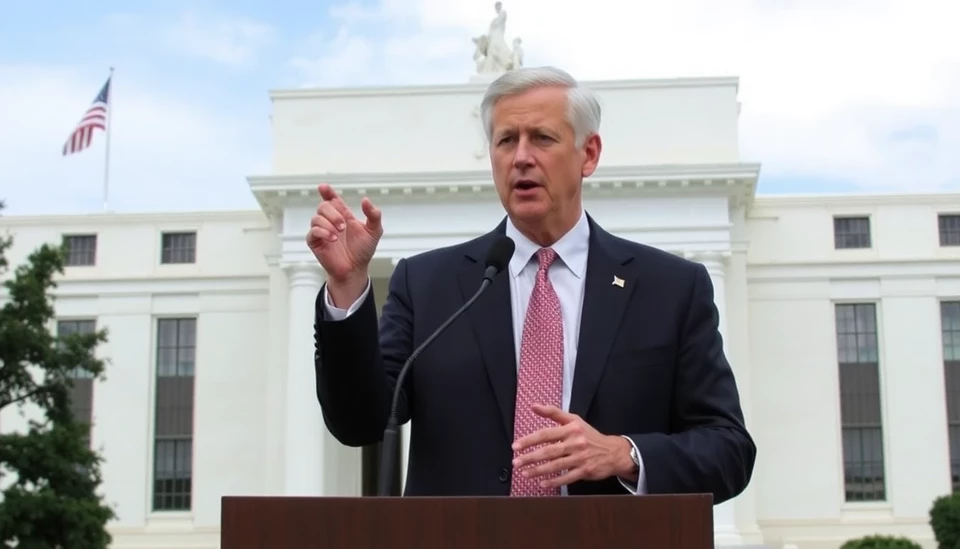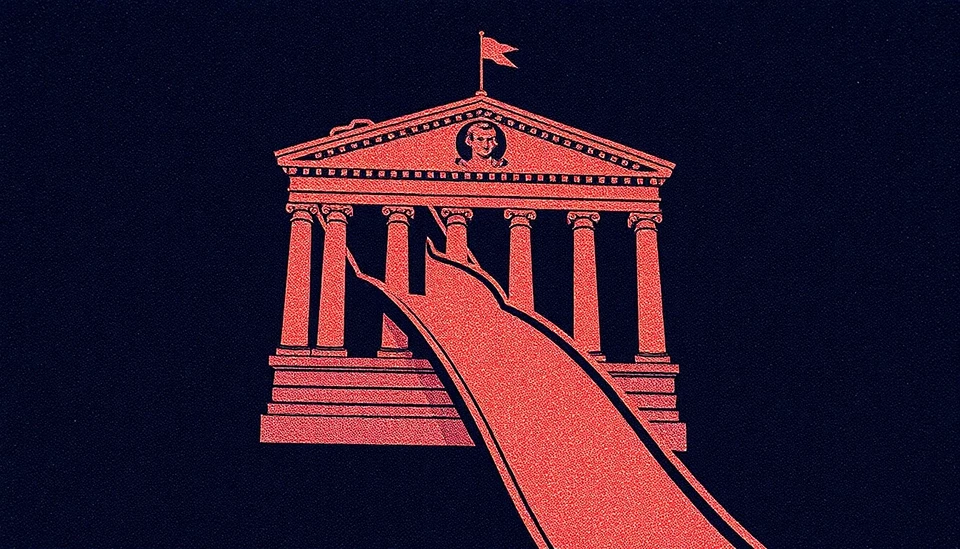
The latest data from the U.S. Bureau of Economic Analysis reveals that the Fed’s preferred gauge for inflation—the Personal Consumption Expenditures (PCE) Price Index—has experienced an uptick in accordance with economic forecasts. This report has sparked renewed discussions among economic analysts and policymakers regarding the ongoing trends in inflation and potential implications for future monetary policy.
According to the report released on November 27, 2024, the PCE Price Index saw a month-over-month increase of 0.3% in October, aligning closely with expectations set forth by economists. On an annual basis, the PCE index revealed a rise of 3.3%, a figure that continues to echo the challenges of previous months but remains a step down from the peaks experienced in 2022.
This increase is critical as the PCE index is regarded as a key indicator of inflation, with the Federal Reserve closely monitoring such metrics to inform their interest rate decisions. Currently, the Federal Reserve aims to navigate the delicate balance between stimulating economic growth and controlling inflation, a task that becomes more complex as inflation figures fluctuate.
Market responses to the PCE data have been notably varied, with investors weighing the implications of increasing inflation against signs of a resilient economy. Many analysts believe that sustained inflation above the 2% target set by the Federal Reserve could necessitate further interest rate hikes, potentially impacting borrowing costs and consumer spending.
The increase in the PCE Price Index is being attributed to a variety of factors, including rising energy prices and persistent supply chain issues that have yet to fully resolve. Economists suggest that while the recent uptick is in line with predictions, it could signal a longer-term trend that requires close monitoring.
Additionally, the core PCE—which excludes volatile food and energy prices—rose 0.2% for the month and is up 3.6% year-over-year. This core measure is particularly relevant for central bank policymakers, as it provides a clearer view of underlying inflation trends sans temporary fluctuations caused by external factors.
As we close the month, analysts are reflecting on how this data will influence upcoming Federal Reserve meetings and broader economic policy considerations moving into 2025. The implications of these inflation metrics will not only guide policymakers but also shape economic sentiment and investor behaviors in the coming months.
In summary, while the PCE Price Index's recent rise is consistent with forecasts, the sustainability of this trend remains a topic of significant debate among experts, as it represents a crucial test for the Federal Reserve's strategies in managing inflation and supporting economic growth.
#Inflation #PCE #FederalReserve #EconomicAnalysis #MonetaryPolicy
Author: Daniel Foster




